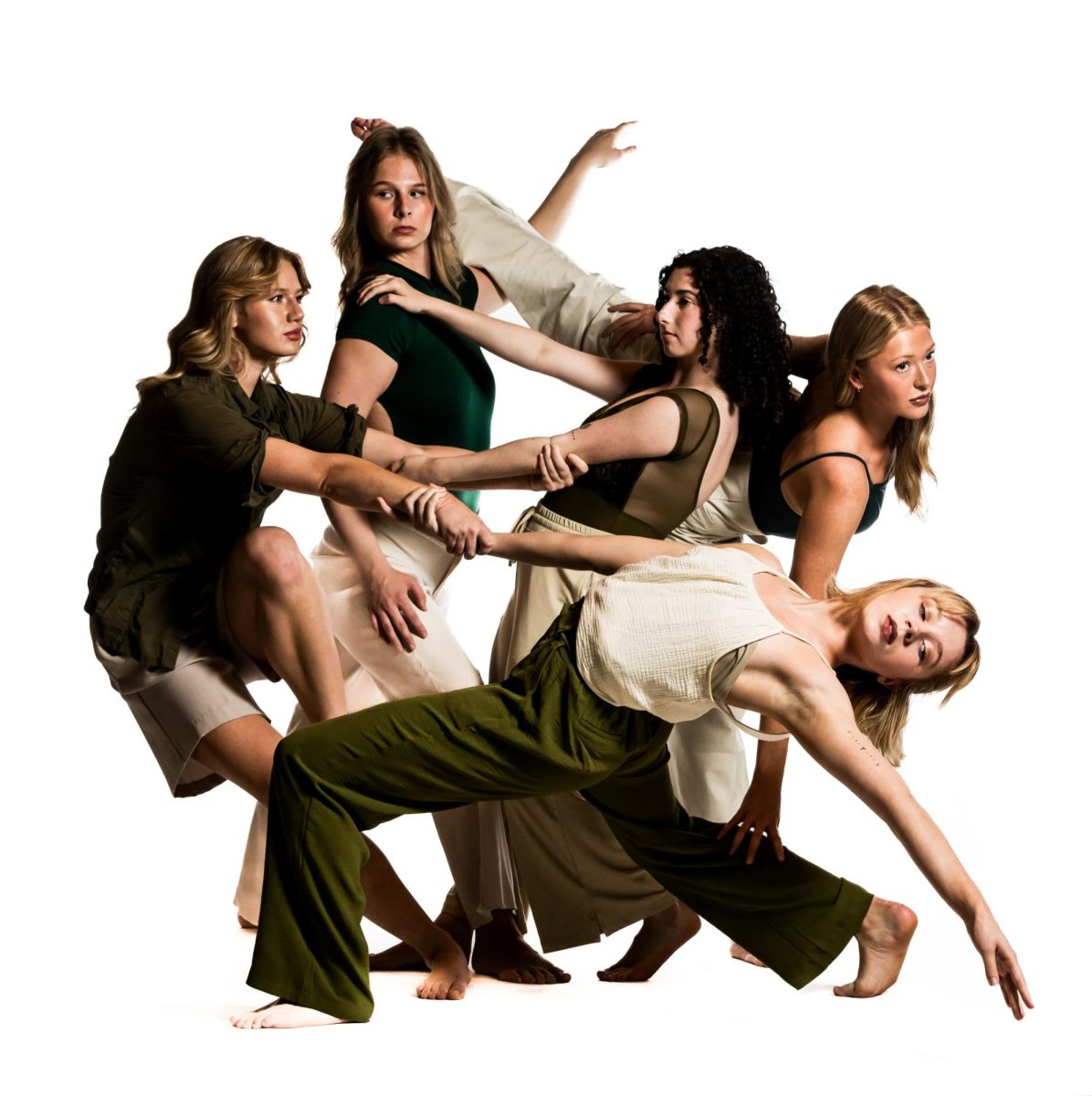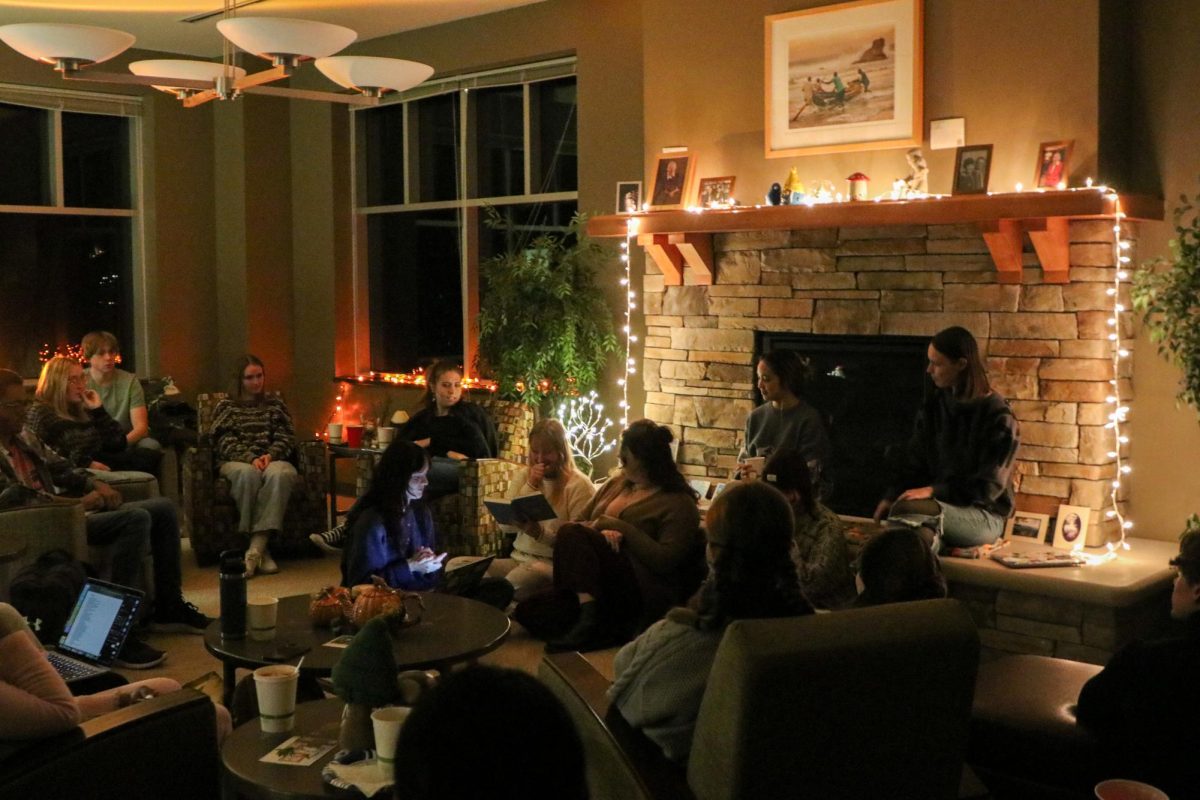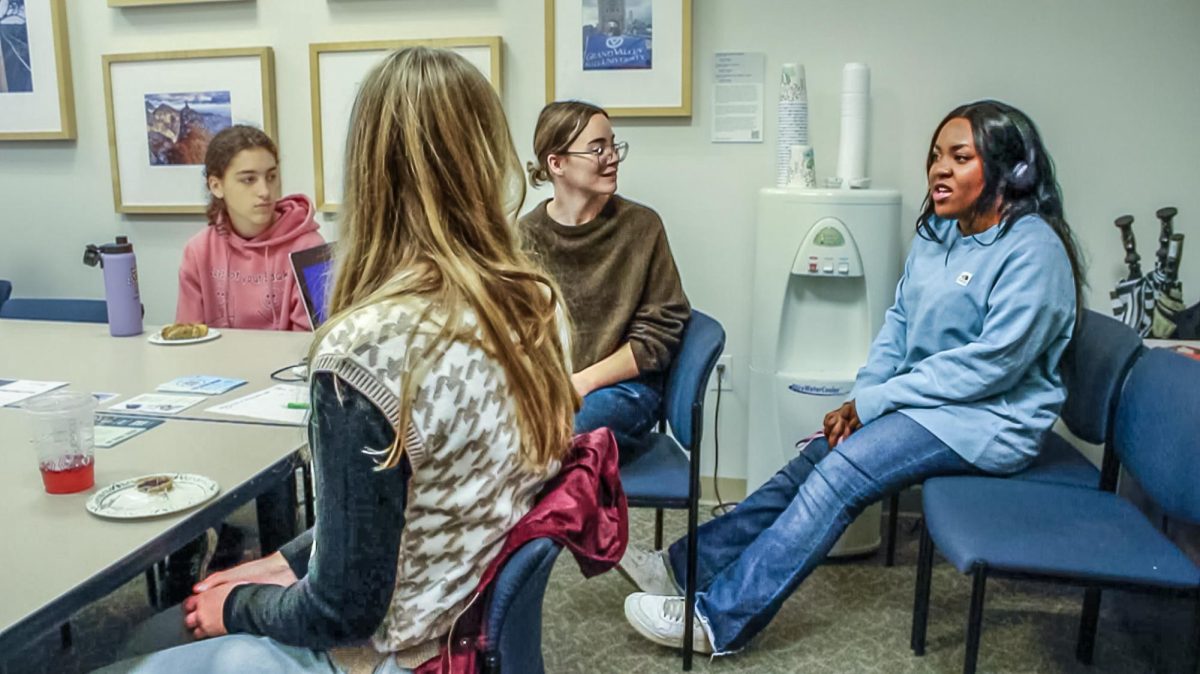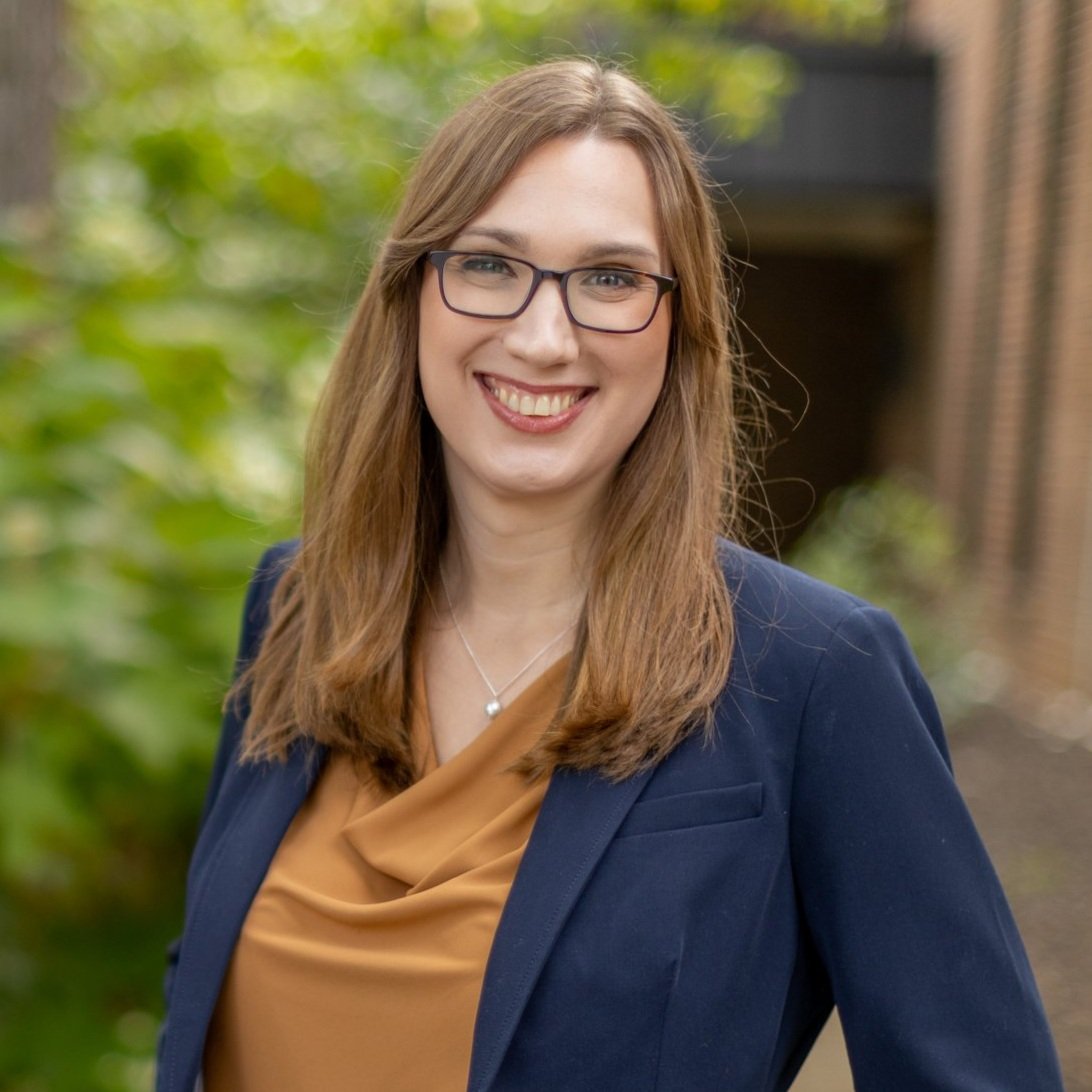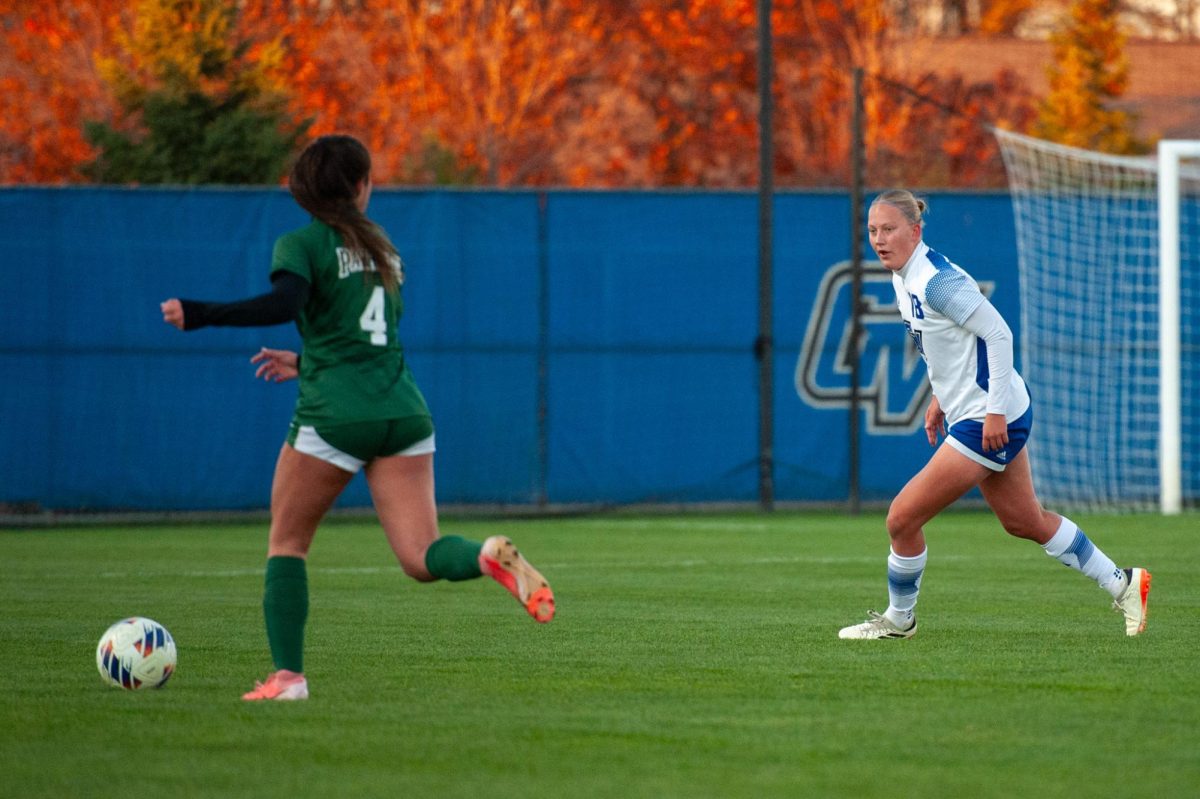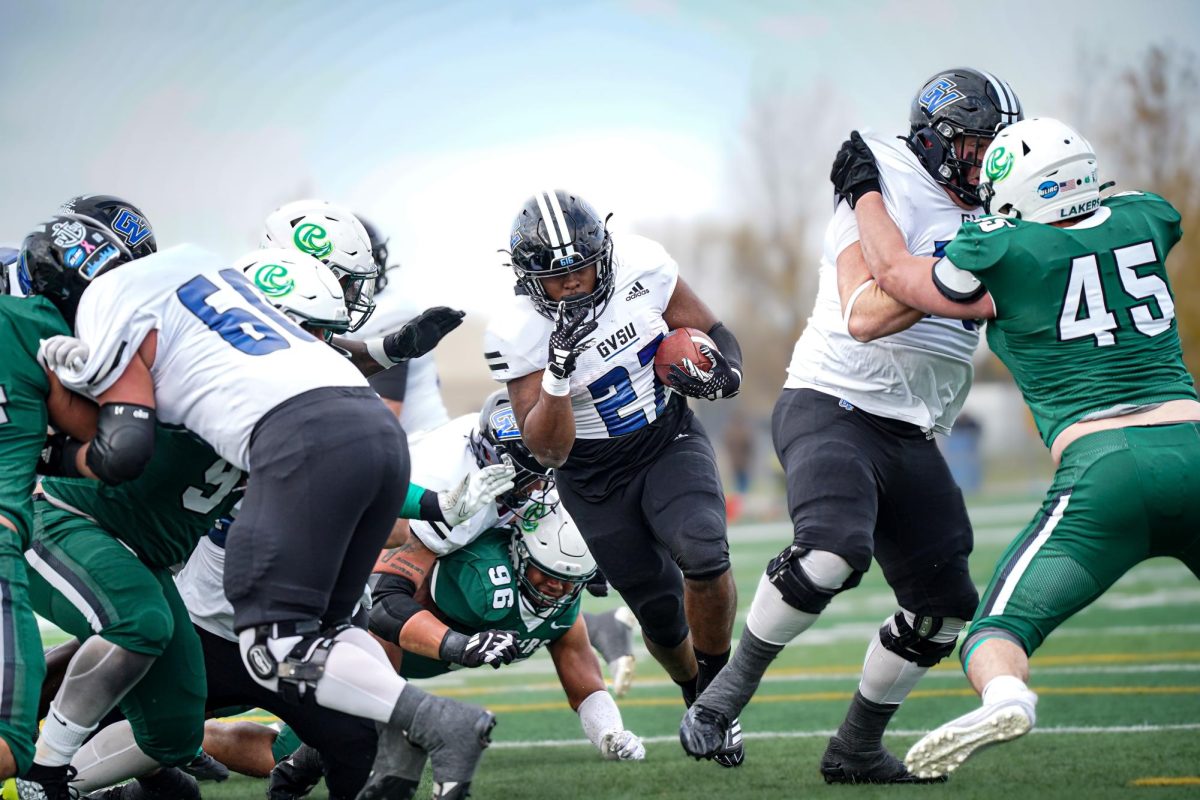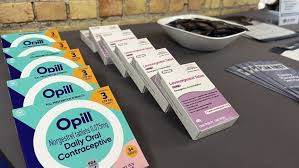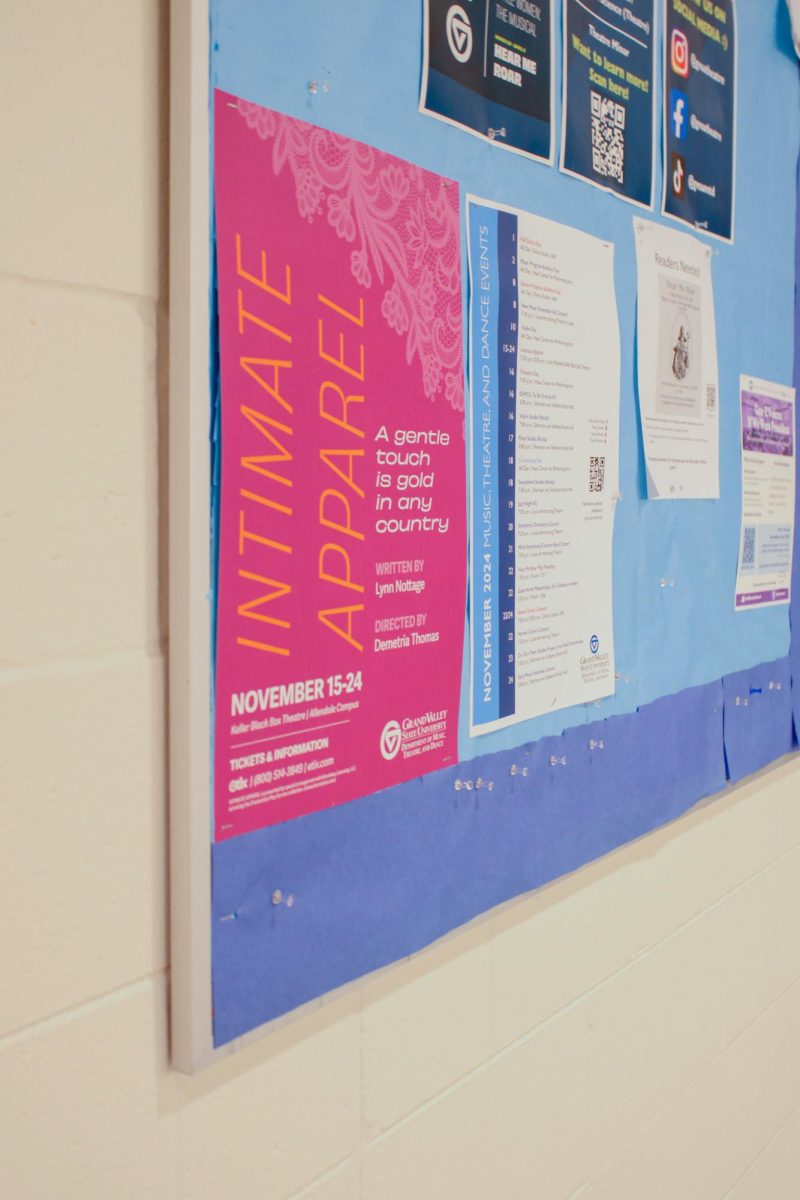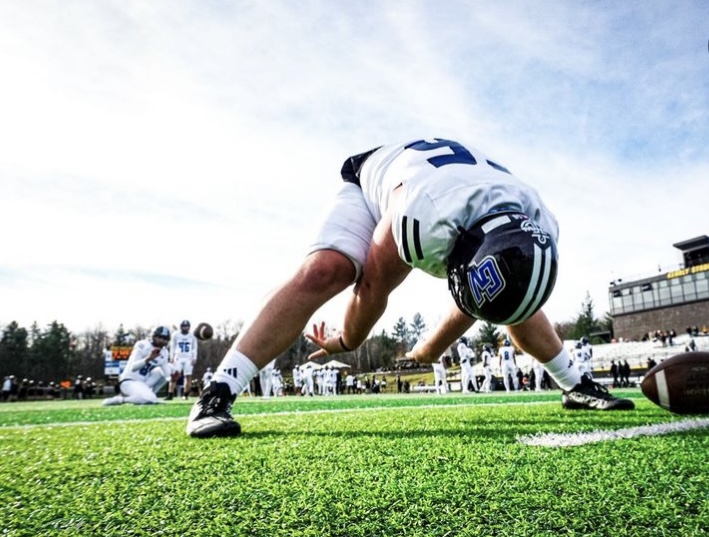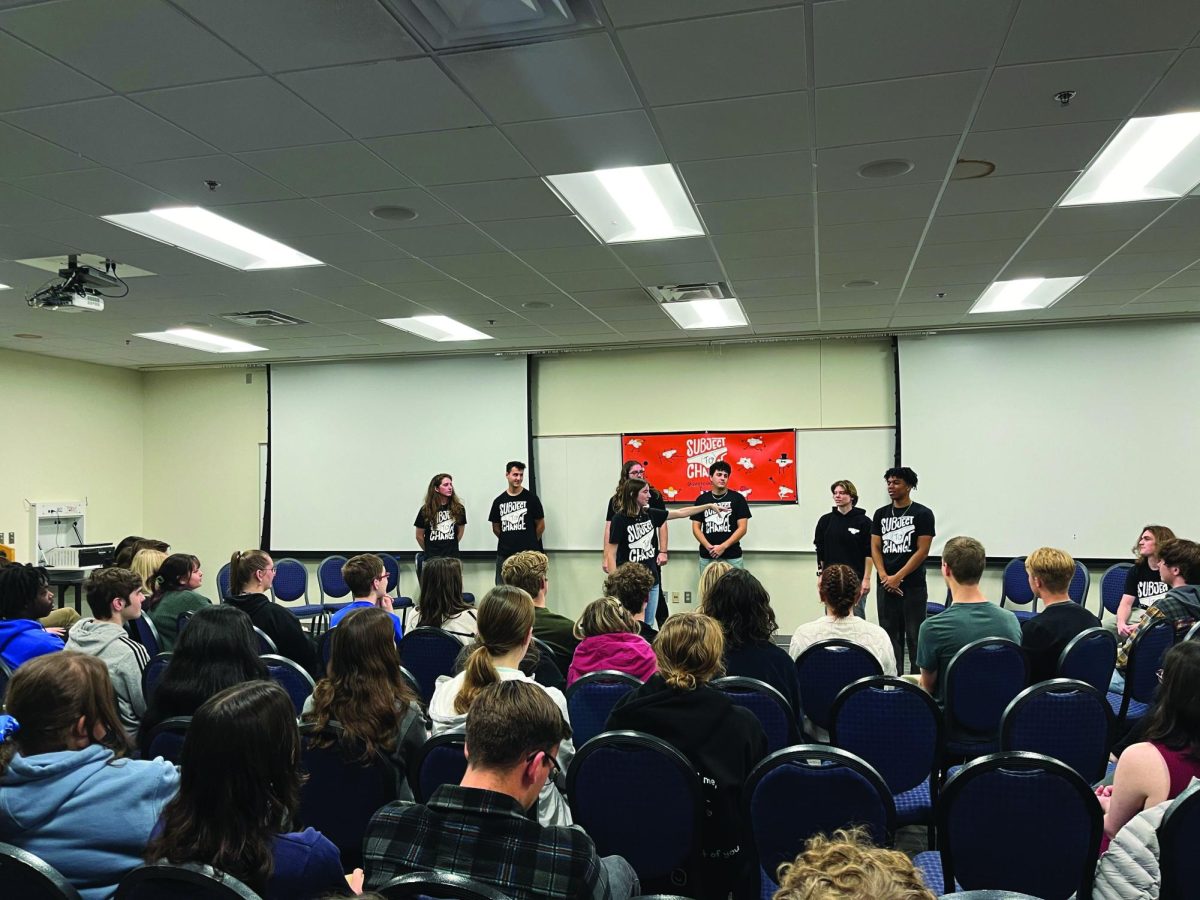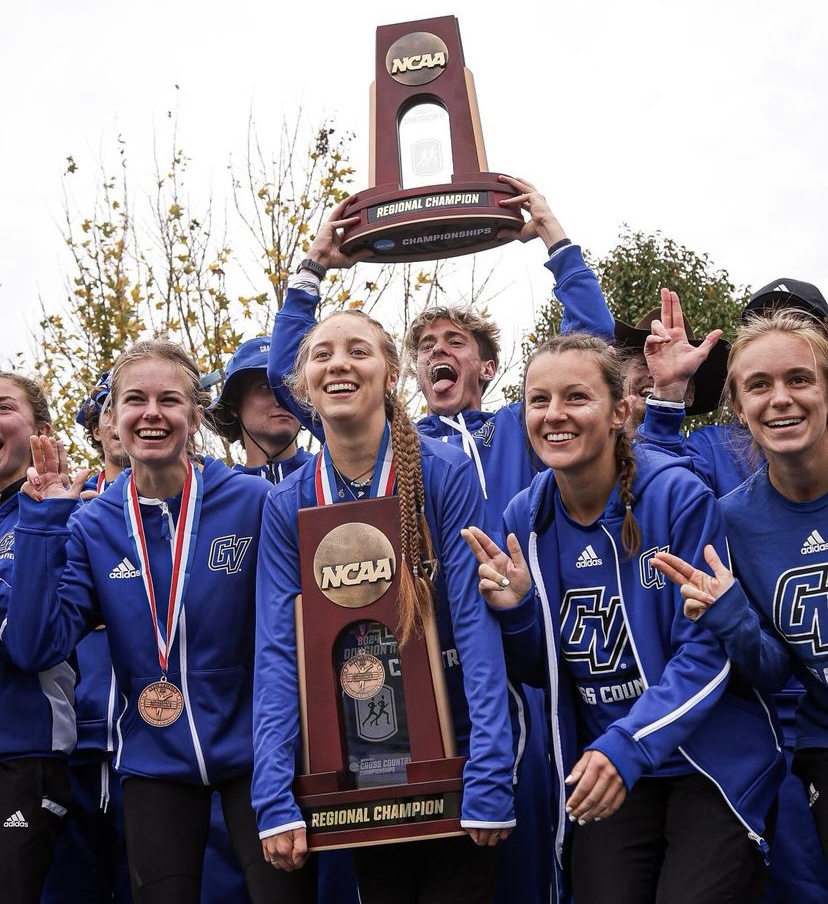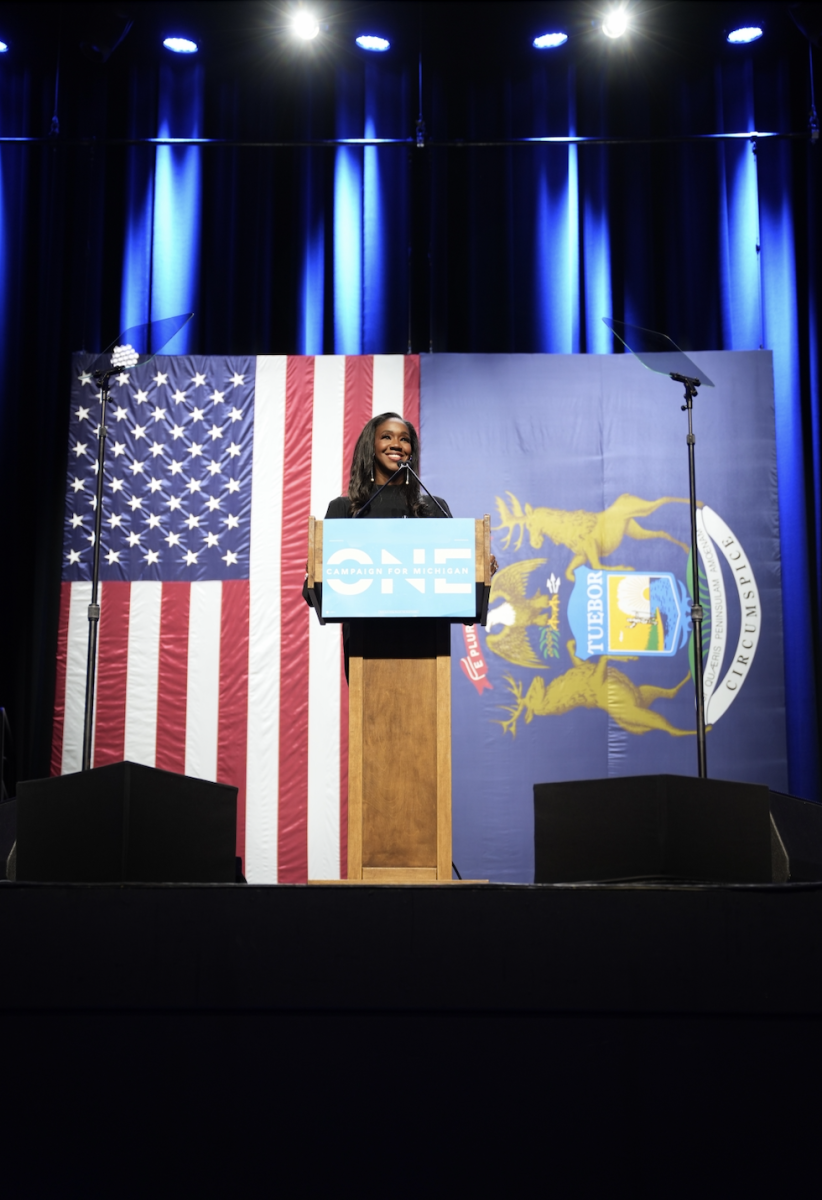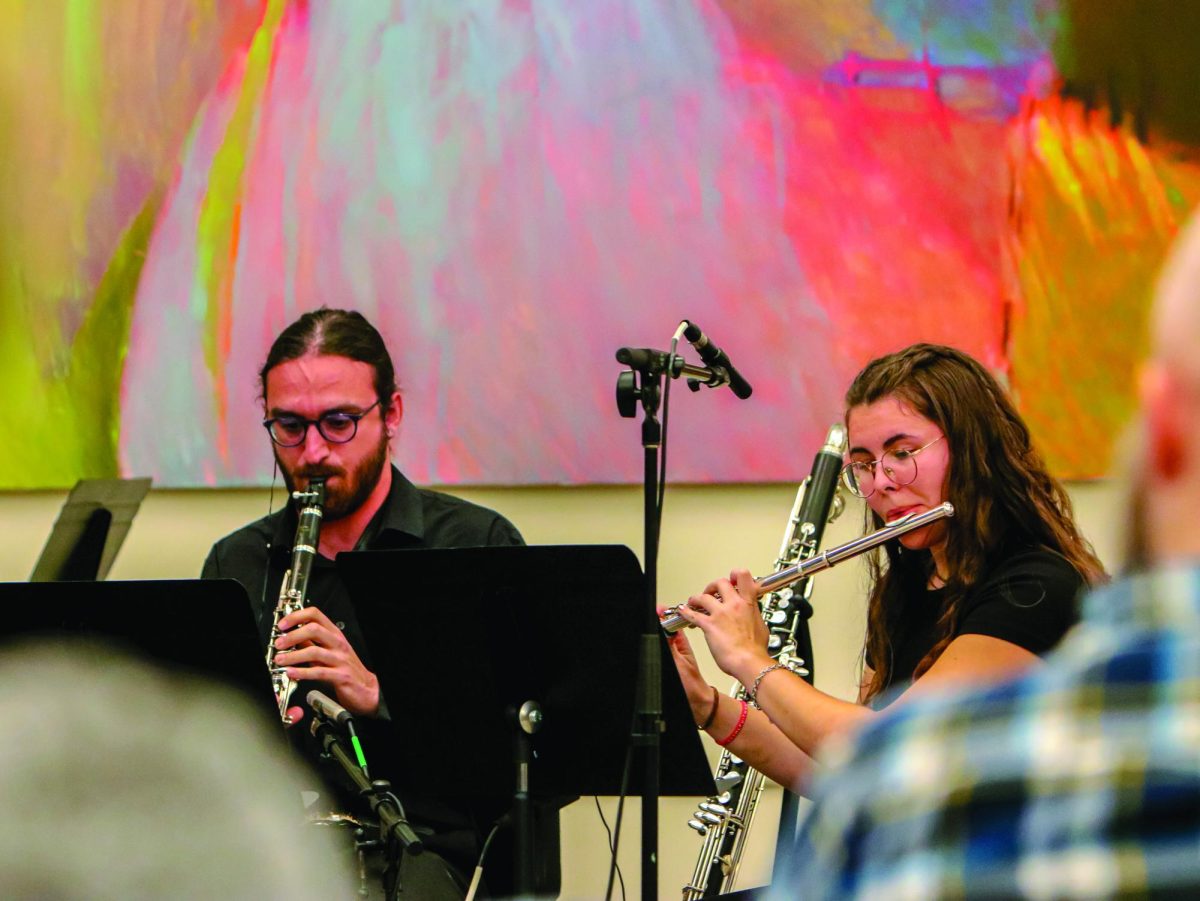Alternative Breaks locations announced for winter, spring trips
Nov 17, 2016
Students often look forward to getting off campus during Grand Valley State University’s scheduled winter, spring and summer breaks. For many, the welcomed break is a chance to lounge around the house, but GVSU’s Alternative Breaks program gives students the option to do something more fulfilling with their time away from class.
Alternative Breaks is a program founded in giving students the opportunity to educate themselves and travel while also performing community service. Ideally, the program matches students with subjects they are passionate about, allowing them learn more about these areas.
“Alternative Breaks is the largest service organization on Grand Valley’s campus,” said April Urbanowski, president of Alternative Breaks. “We are 100 percent student-led.”
The locations chosen for these breaks changes every year and this year’s upcoming destinations were just recently announced. Alternative Breaks is currently planning on 22 different trips across the U.S., including trips to North Carolina, Oregon and Tennessee.
There are two board members who choose the locations after much research. They consider factors like distance, available nonprofits and the categories they want their trips to cover before selecting a location.
“Each (trip) is about a week long,” said Ryker Huizinga, vice president of public relations and recruitment for Alternative Breaks.
Some of the topics that will be covered in the trips this year include water restoration and working with individuals with disabilities. Students looking to go on these trips are asked to pick topics close to their heart rather than a location they would enjoy so that they can be matched most accurately.
“You’re taken out of your element. It’s a lot of self-discovery,” Urbanowski said.
Though applications are closed for the winter and spring trips, there is a waiting list that some students may be selected from in the event that a spot opens up. Applicants have yet to be decided on and accepted for the summer sections.
Both Urbanowski and Huizinga recommend participating in these trips, as they both have done previously.
“My favorite (trip) was my sophomore year. I went on the relief efforts trip,” Huizinga said of his visit to New Jersey. “We got to meet the family and hear their stories, it was a lot of inspiring stories.”
Urbanowski and Huizinga also wanted to stress the ability to develop new friendships on these trips. The Alternative Breaks program intentionally assigns students to a trip that has students they don’t know to promote building new relationships.
“It increases our diversity on each trip,” Urbanowski said.
Students who want to help out their community, but are unable to go on these trips can also look at Alternative Breaks events based on or around campus. The organization has Transformation Tuesdays where they discuss topics that are important to the community or world. Topics for these discussions have previously included the declining bee population and human trafficking.
“They’re more of an interactive critical thinking discussion,” Huizinga said.
Service Saturdays are also held by Alternative Breaks. For these Saturdays, participants collaborate with local Grand Rapids nonprofits rather than traveling cross country.
“We want to make improvements in the world alongside our community,” Urbanowski said.




